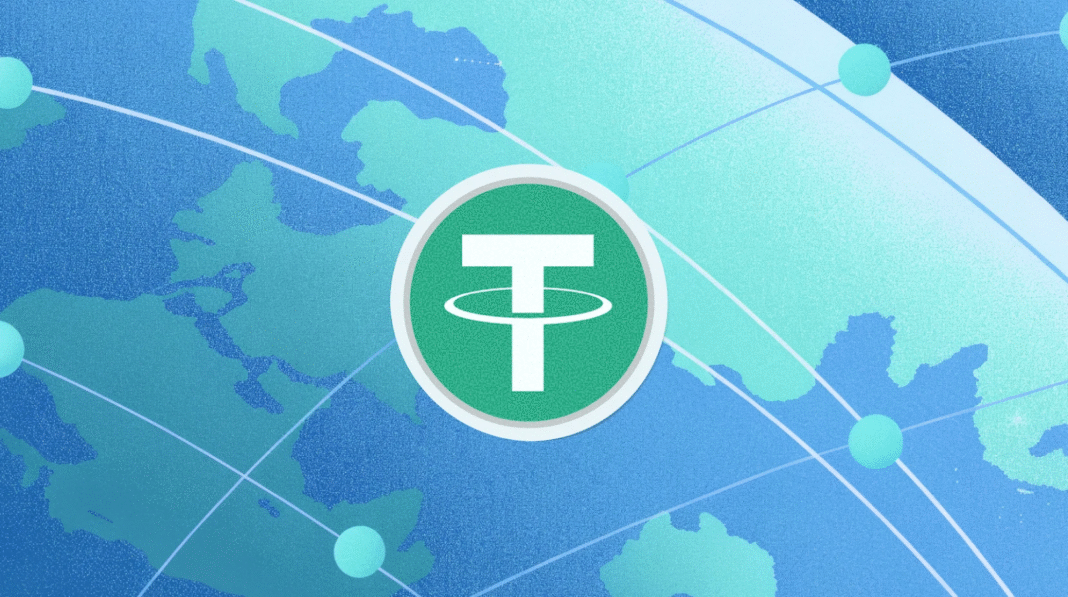- Tether is ending support for USDT on five older blockchains by September 1, 2025.
- Users should redeem or migrate their tokens before the deadline to avoid frozen assets.
- This change highlights the crypto industry’s shift toward more active, scalable networks.
In a significant move aimed at streamlining operations, Tether has officially announced that it will discontinue support for its USDT stablecoin on five older blockchain networks. This decision marks the end of an era for the platforms that once played a vital role in Tether’s expansion across the crypto ecosystem. The affected blockchains are Omni Layer, Bitcoin Cash SLP, Kusama, EOS, and Algorand. Tether says this is part of a broader effort to refocus its resources on more active and scalable networks.
This change will take effect on September 1, 2025. Until that date, users who still hold USDT on any of the affected platforms can redeem their tokens. After that deadline, the remaining tokens on these networks will be frozen, meaning they will no longer be redeemable or usable. This shift raises important questions about the future of stablecoins, blockchain development, and user trust in crypto infrastructure.
Why Tether Is Moving Away from These Networks
Tether explained that the decision to sunset these blockchains is rooted in performance and ecosystem activity. According to the company, the usage of USDT on these chains has seen a steady decline. Many of them no longer provide the scalability or developer engagement that newer blockchains offer. As Tether continues to evolve, the team believes it’s more productive to focus on networks with larger communities and better technical capabilities.
This is not the first time Tether has taken such a step. In fact, support for Omni Layer, Kusama, and Bitcoin Cash SLP was already scaled back in 2023. EOS and Algorand were added to the phase-out list in June 2024. These networks were important in the early stages of USDT adoption, but the crypto landscape has changed dramatically. With growing demand for speed, low fees, and smart contract functionality, blockchains like Ethereum, Tron, and Solana have become the new standards.
What USDT Holders Should Do Now
For users holding USDT on any of the five impacted blockchains, the most important action is to redeem or migrate their tokens before the September 2025 deadline. Failing to do so could result in the loss of access to their assets, as the tokens will be frozen permanently. Tether has encouraged users to move their funds to active chains that continue to receive full support.
Fortunately, migrating USDT to another supported chain is a relatively straightforward process for most users. Centralized exchanges like Binance, Coinbase, and Kraken often provide simple tools to convert or withdraw stablecoins to different blockchains. For those using non-custodial wallets, bridge services and manual transfers are available, though users should always double-check compatibility and transaction fees before proceeding.
The Bigger Picture: What This Means for Crypto
Tether’s decision is more than a routine technical update. It signals a broader shift in how the crypto industry is maturing. The end of support for these blockchains illustrates a growing focus on efficiency, security, and user demand. In today’s fast-paced digital economy, blockchain networks must keep up with new developments or risk falling behind.
It also shows how major players like Tether are taking a more pragmatic approach to managing their ecosystems. Supporting multiple blockchains requires time, money, and development resources. By narrowing its focus, Tether can allocate more attention to chains that are actively used and trusted by developers, institutions, and regular crypto users.
At the same time, this decision serves as a reminder to investors and crypto enthusiasts that not all blockchains are built to last. Technology evolves quickly, and what was once a popular platform may eventually lose relevance. It’s important for users to stay informed about which networks are still viable and supported, especially when holding assets like stablecoins.
What Comes Next
Going forward, Tether is expected to continue supporting USDT on leading blockchains like Ethereum, Tron, and Solana. These platforms offer high throughput, strong developer ecosystems, and proven security features. They are also widely adopted in both retail and institutional crypto markets.
For Tether, this move could lead to improved operational efficiency and greater trust among users. For the broader crypto community, it reflects the importance of adaptability and the ongoing evolution of blockchain technology. Whether you’re a casual trader or a long-term investor, staying aware of infrastructure changes like this is crucial to keeping your assets safe and accessible.


